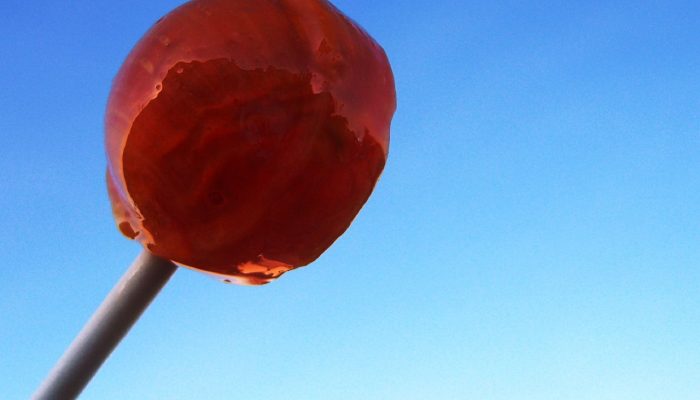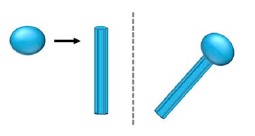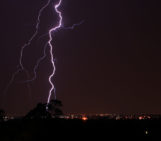
You have more than probably eaten many lollipops as a kid (and you might still enjoy them. The good thing is that you do not necessarily need to go to the candy shop to get them but you can simply wait for them to fall from the sky and eat them for free. Disclaimer: this kind of lollies might be slightly different from what you expect…
Are lollies really falling from the sky?
Eight years ago (in January 2009), a low-pressure weather system coming from the North Atlantic Ocean reached the UK and brought several rain events to the country. Nothing is really special about this phenomenon in Western Europe in the winter. However, a research flight started sampling the clouds in the warm front (transition zone where warm air replaces cold air) ahead of the low-pressure system and discovered hydrometeors (precipitation products, such as rain and snow) of an unusual kind. Researchers named them ‘ice lollies’ due to their characteristic shape and maybe due to their gluttony. The microphysical probes onboard the aircraft, combined with a radar system located in Southern England, allowed them to measure a wide range of hydrometeors, including these ice lollies that were observed for the first time with such concentration levels.
How do ice lollies form?
A recent study (Keppas et al, 2017) explains that ice lollies form when water droplets (size of 0.1 to 0.7 mm) collide with ice crystals with the form of a column (size of 0.25 to 1.4 mm) and freeze on top of them (see Fig. 2).

Fig 2: Formation of an ice lolly: water droplet (the circle) collides with an ice crystal (the column) [Credit: Fig. 1a from Keppas et al., (2017)].
Such ice lollies form in ‘mixed-phase clouds’, i.e. clouds made of water droplets and ice crystals and whose temperature is below the freezing point (0°C). At these temperatures, water droplets can be supercooled, meaning that they stay liquid below the freezing point.
Figure 3 below shows the processes and particles involved in the formation of ice lollies. Ice lollies are mainly found at temperatures between 0 and -6°C, in the vicinity of the warm conveyor belt, which represents the main source of warm moist air that feeds the low-pressure system. This warm conveyor belt brings water vapour that participates in the formation and growth of supercooled water droplets. Ice crystals formed near the cloud tops fall through the warm conveyor belt and collide with the water droplets to form ice lollies.

Fig 3: Processes involved with the formation of ice lollies, which mainly form under the warm conveyor belt [Credit: Fig 4 from Keppas et al., (2017)].
Are these ice lollies important?
Ice lollies were observed more recently (September 2016) during another aircraft mission over the northeast Atlantic Ocean but no radar coverage supported the observations. At the moment of writing this article, the lack of observations prevent us from determining the importance of these ice lollies in the climate system. However, future missions would provide more insight. In the meantime, we suggest you to enjoy a lollipop such as the one shown in the image of this week 🙂
This is a joint post, published together with the Cryospheric division blog, given the interdisciplinarity of the topic.
Edited by Sophie Berger and Dasaraden Mauree
Reference/Further reading
 David Docquier is a post-doctoral researcher at the Earth and Life Institute of Université catholique de Louvain (UCL) in Belgium. He works on the development of processed-based sea-ice metrics in order to improve the evaluation of global climate models (GCMs). His study is embedded within the EU Horizon 2020 PRIMAVERA project, which aims at developing a new generation of high-resolution GCMs to better represent the climate.
David Docquier is a post-doctoral researcher at the Earth and Life Institute of Université catholique de Louvain (UCL) in Belgium. He works on the development of processed-based sea-ice metrics in order to improve the evaluation of global climate models (GCMs). His study is embedded within the EU Horizon 2020 PRIMAVERA project, which aims at developing a new generation of high-resolution GCMs to better represent the climate.

